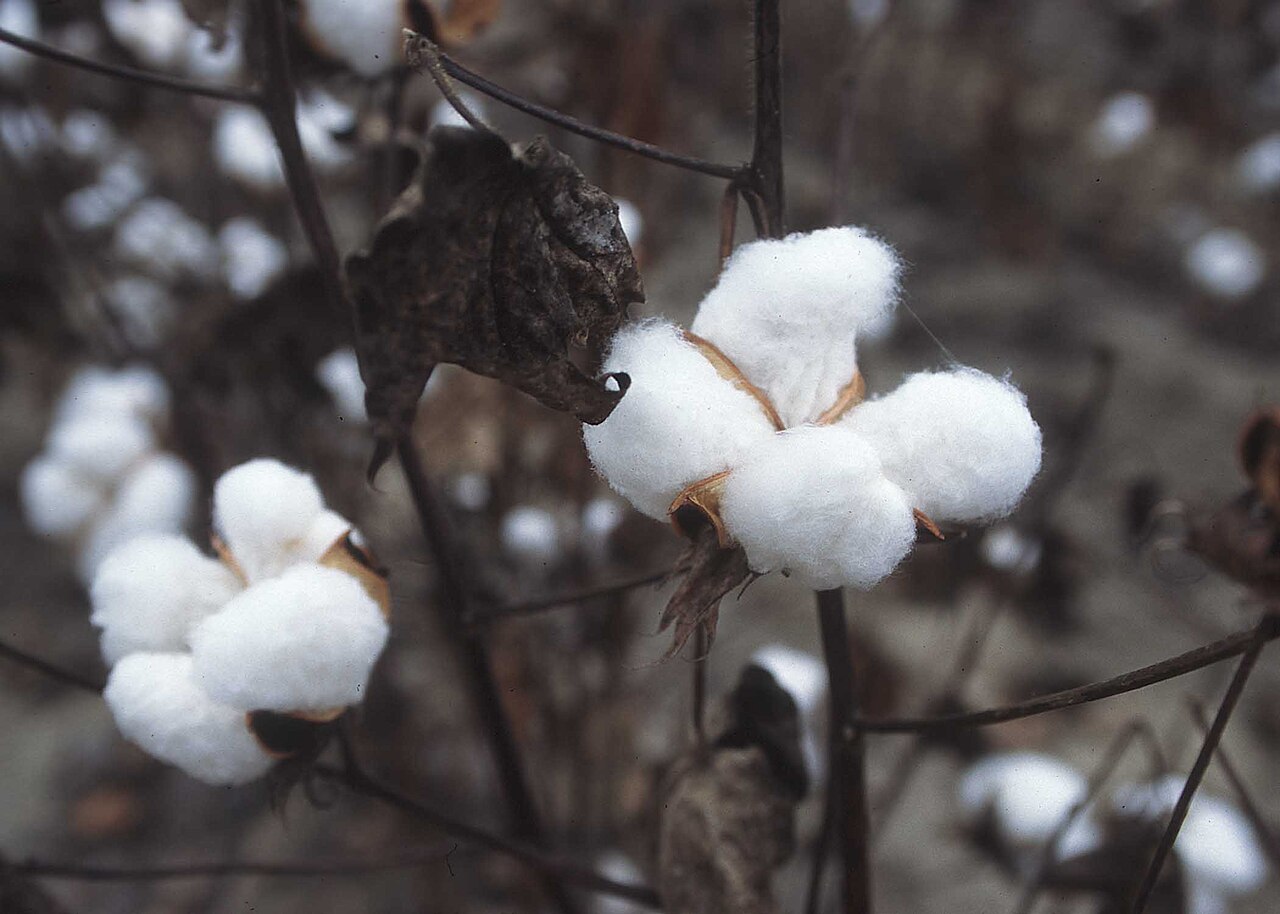Farmers in the Vidarbha region are a miffed lot. The import of cotton, scant rainfall, shortage of labour and pest attacks have pushed them against the wall. Their anger is likely to reflect in the poll outcome.
Published Nov 18, 2024 | 8:16 PM ⚊ Updated Nov 18, 2024 | 9:31 PM

All 325 ginning mills across major cotton belts including Adilabad, Khammam, Warangal, Karimnagar, Nalgonda and Mahabubnagar have stopped lifting cotton.
Fields of brown and white dotted with occasional bales of cotton flank the roads in Maharashtra’s Vidarbha.
The region is the largest producer of ‘white gold’ in the state. It sells them to other regions to be spun into yarn. Despite bolls bobbing in the wind in vast expanses, cotton growers have been bogged down by deficit rainfall, shortage of labour, and pest attacks.
The crisis that the cotton farmers face has become a major political issue, as the region prepares to vote in the Assembly election on Wednesday, 20 November.
Vidarbha, with 62 Assembly constituencies, is considered a bellwether region for the rest of the state. From Nagpur, where the RSS originated almost a century ago, to Maoist-affected Gadchiroli, the region’s nine districts embody the full range of Maharashtra’s socio-political landscape.
Historically, the party that wins Vidarbha has formed the government in Maharashtra.
The region had been a Congress stronghold until 2014 when the Modi wave swept 44 seats in favour of the BJP. The Congress had to be contended with 10.
The next election saw a fall in numbers for the BJP, with the party, in alliance, winning only 29 seats, while the Congress added 15 to its kitty. The saffron party, however, suffered a crushing defeat in the last general election, retaining only three out of the 10 seats.
With little influence from regional parties, the BJP and Congress have come head-to-head in Vidarbha, competing directly on 36 seats. The region is home to major leaders from both parties – Congress’s State chief Nana Patole, his BJP counterpart Chandrashekar Bawankule, Deputy Chief Minister Devendra Fadnavis, and the Leader of the Opposition in the State Assembly Vijay Wadettiwar.
National leaders have pitched in, with Prime Minister Narendra Modi, Home Minister Amit Shah, and AICC leader Rahul Gandhi holding multiple campaigns across the districts.
Congress heavyweights have been cornering the BJP on the agrarian crisis in their rallies.
Earlier this month, Patole urged Modi to ban the import of cotton bales and direct the Cotton Corporation of India (CCI) to aggressively procure cotton at a Minimum Support Price (MSP) to provide immediate relief to farmers and stabilise prices.
“Recent news of the import of 22 lakh bales of cotton has raised serious concerns about the potential fall in cotton prices in the Indian market. This import, combined with 11 lakh unsold bales held by the CCI threatens to destabilise the cotton market and undermine the livelihood of farmers of Maharashtra,” he said.
The BJP, in turn, has been attempting to win back the farmers, promising a 20% price cushion if the procurement price fell below the MSP in its manifesto, along with a full loan waiver.
As most cotton pickers during harvest season are women, the party is also banking on its popular ‘Ladki Bahin Yojana’ to sway votes in its favour.
Despite failing crops and income uncertainty, the BJP was the region’s only hope. “This election is about protecting our caste and our rights,” 30-year-old Arjun Satyakar from Yavatmal said, talking about the Dhangar reservation protests sweeping the region.
With a sizeable population belonging to Scheduled Tribes, the Dhangar agitation will likely play a big role in the outcome of the polls. The Dhangars want to be included under the ST category, as they claim that they are the same as the existing ‘Dhangads’ in the STs, and their exclusion is a typographical error.
This would increase their reservation to 7 percent, from the existing 3.5 percent under the OBC category. The other ST communities are fiercely against the inclusion, as they feel it will negatively impact their share among the 47 tribes in the category.
Among the Mahayuti alliance, Ajit Pawar-led NCP MLAs are against the reservation. Another ally, the Rashtriya Samaj Paksha, however, is firmly pro-Dhangar.
While the Maha Vikas Aghadi (MVA) looks to benefit from the cracks in the ruling side, the Opposition alliance has yet to openly choose a side.
Amidst rumours and incidents of Maoist violence, Gadchiroli city lies nestled right in the middle of hastily constructed connecting roads that weave through dense forests.
The three Assembly constituencies with 8.3 lakh voters merited a visit from AICC general secretary Priyanka Gandhi, as well as a televised speech from former Union minister Smriti Irani on the last day of campaigning on Sunday, 17 November.
While the BJP holds sway at the Assembly level, voters went the Congress way in the general election this year, upping the stakes for both parties. The region is among the 12 worst Leftwing extremism (LWE)-affected districts in the country – with one of the highest voting percentages in the state.
With the battle intensifying on all fronts, Vidarbha’s voters stand poised to make a decision that is likely to echo far beyond the borders of the agrarian heartland.
(Edited by Majnu Babu).
